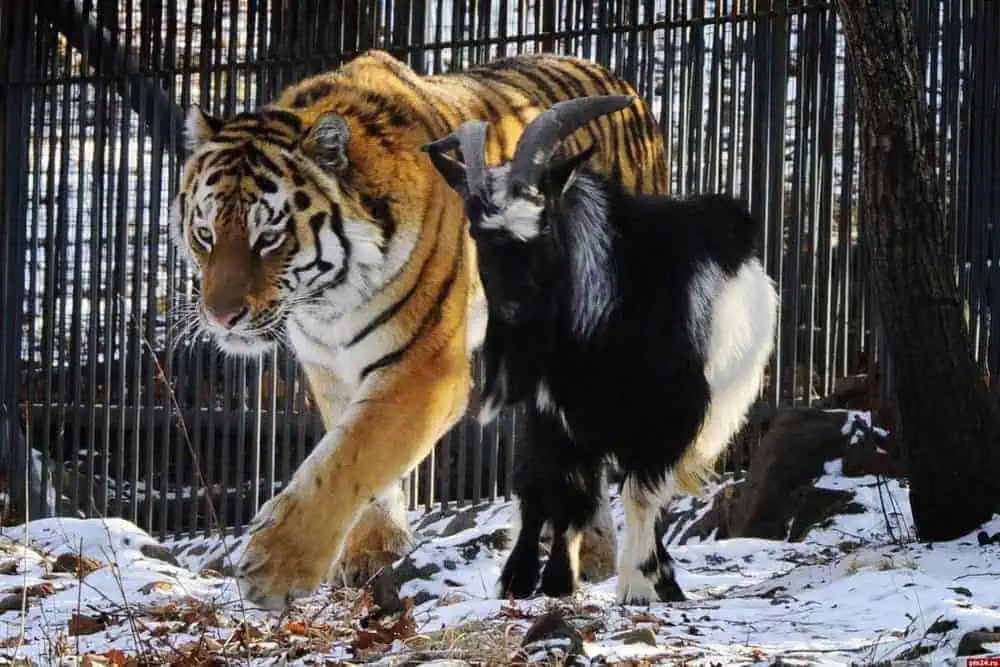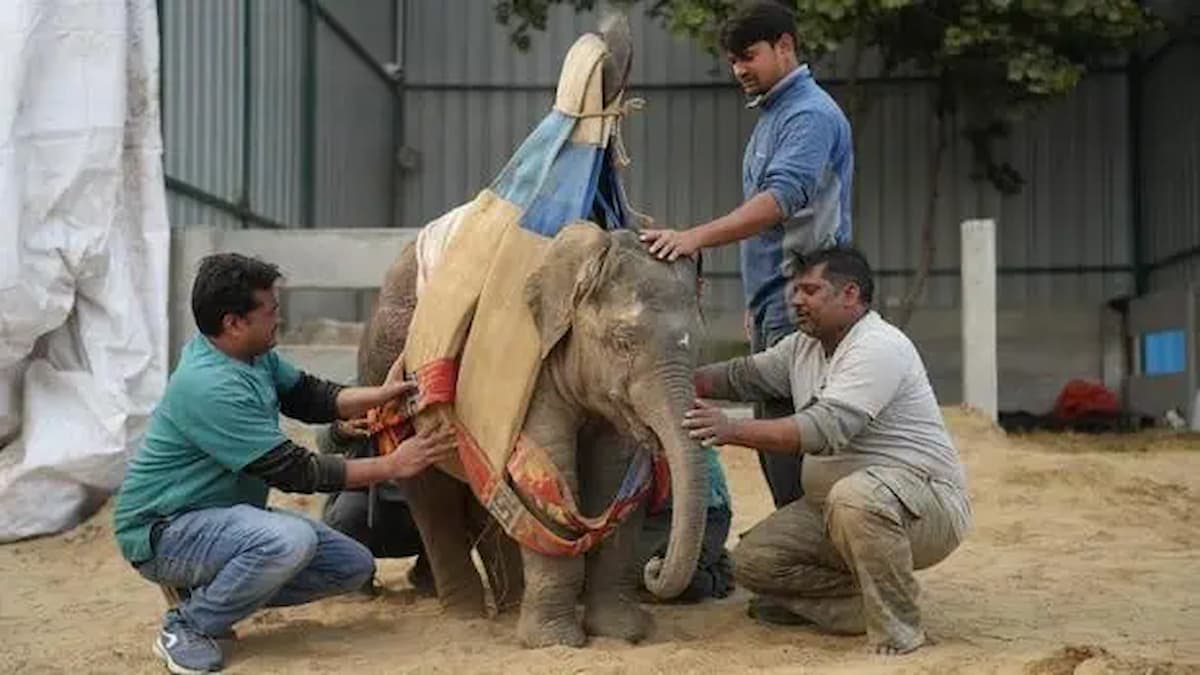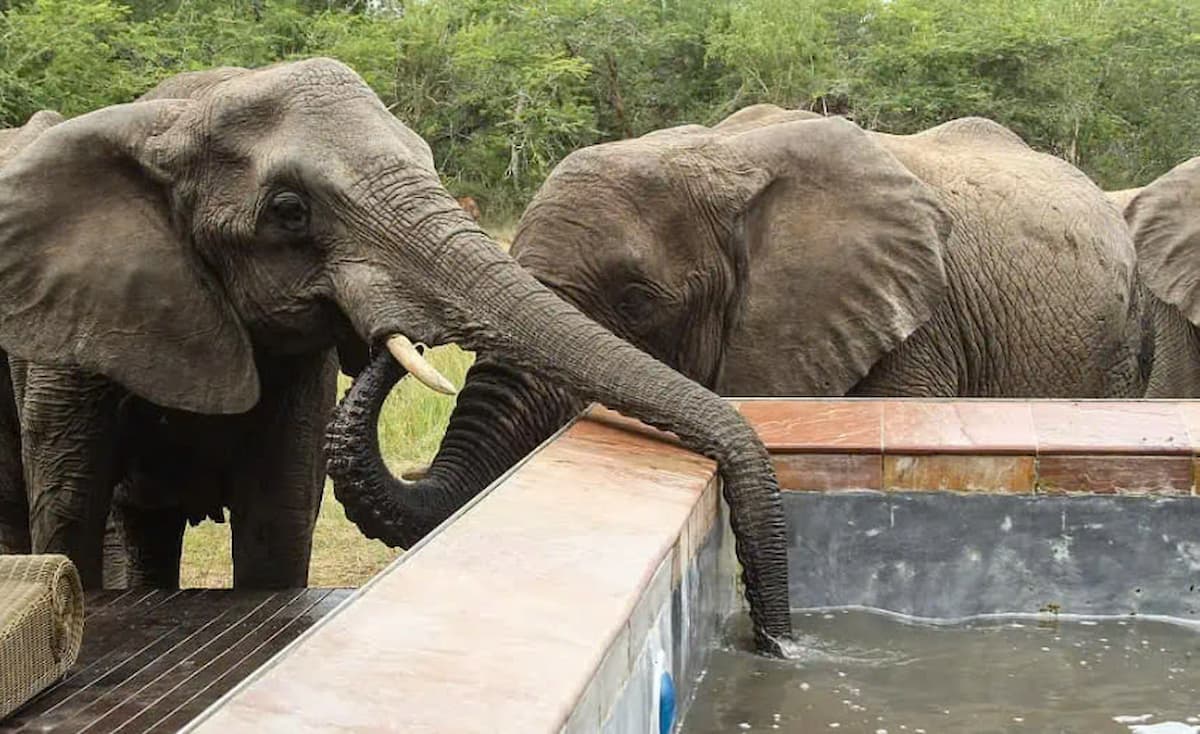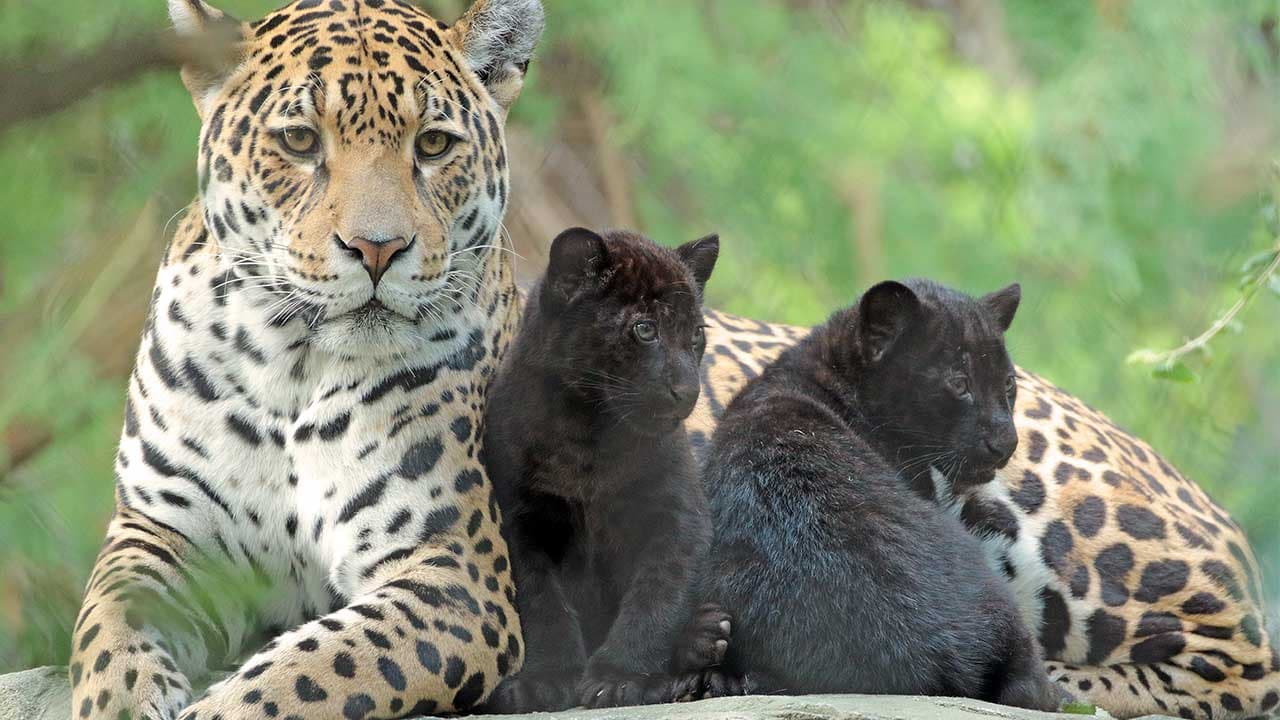In the vast wilderness of a wildlife park, a story of an unlikely friendship emerged—a tale that defied the norms of predator and prey. This story unfolded between a tiger, a majestic predator with sharp instincts, and a goat, a creature one might expect to live in fear of the tiger. Yet, what happened between these two animals proved that nature still has its share of surprises.
The tiger, named Sultan, had been raised in captivity since it was a cub. Despite being surrounded by humans and other tigers, Sultan maintained the instincts of his wild ancestors. One day, the keepers decided to enrich Sultan’s environment by introducing live prey—a goat they named Timur. The plan was to allow Sultan to exhibit his natural hunting behavior, but what followed shocked everyone.

Timur, small and seemingly defenseless, walked into Sultan’s enclosure. Instead of cowering or running, the goat boldly stood its ground, looking the tiger directly in the eyes. Sultan, rather than pouncing on the goat, seemed intrigued by its courage. Instead of an attack, a tentative interaction began. Timur’s fearless demeanor and Sultan’s curiosity laid the foundation for what would become an extraordinary bond.
Over the following weeks, Timur and Sultan were inseparable. They shared meals, lounged under the shade of trees, and even played together in ways no one could have imagined. Timur, once thought to be a meal, became Sultan’s companion. The tiger seemed protective of the goat, often standing guard as Timur roamed around the enclosure.

This unusual friendship challenged the natural order. Predators and prey are not meant to coexist peacefully, let alone form bonds of companionship. Yet, Sultan and Timur became a living testament to the idea that bonds can transcend boundaries, even those deeply ingrained in nature.
Visitors to the wildlife park were captivated by this friendship. They came from far and wide to witness the tiger and goat that defied expectations. Social media buzzed with photos and videos of their interactions, sparking debates about what this relationship could mean. Was Sultan’s behavior a result of his upbringing in captivity, or was it a glimpse into the complexities of animal emotions and intelligence?

Unfortunately, not all such stories have happy endings. As time went on, the dynamics between Sultan and Timur shifted. Sultan’s instincts began to resurface, posing a potential danger to Timur. The park keepers, realizing the risks, decided to separate the two for Timur’s safety. Although they were no longer physically together, their story left an indelible mark on everyone who witnessed it.
The friendship between Sultan and Timur is a reminder of the unexpected bonds that can form in the animal kingdom. It challenges us to reconsider what we think we know about nature and the relationships between creatures. More than that, it serves as a powerful metaphor for human connections, showing that even the most unlikely friendships can teach us lessons about courage, trust, and the power of companionship.

In the end, Sultan and Timur’s story is not just about a tiger and a goat—it is a story about breaking barriers, redefining relationships, and finding connection in the most surprising places. It inspires us to look beyond stereotypes, both in the animal world and in our own lives, and to believe in the extraordinary possibilities of friendship.















